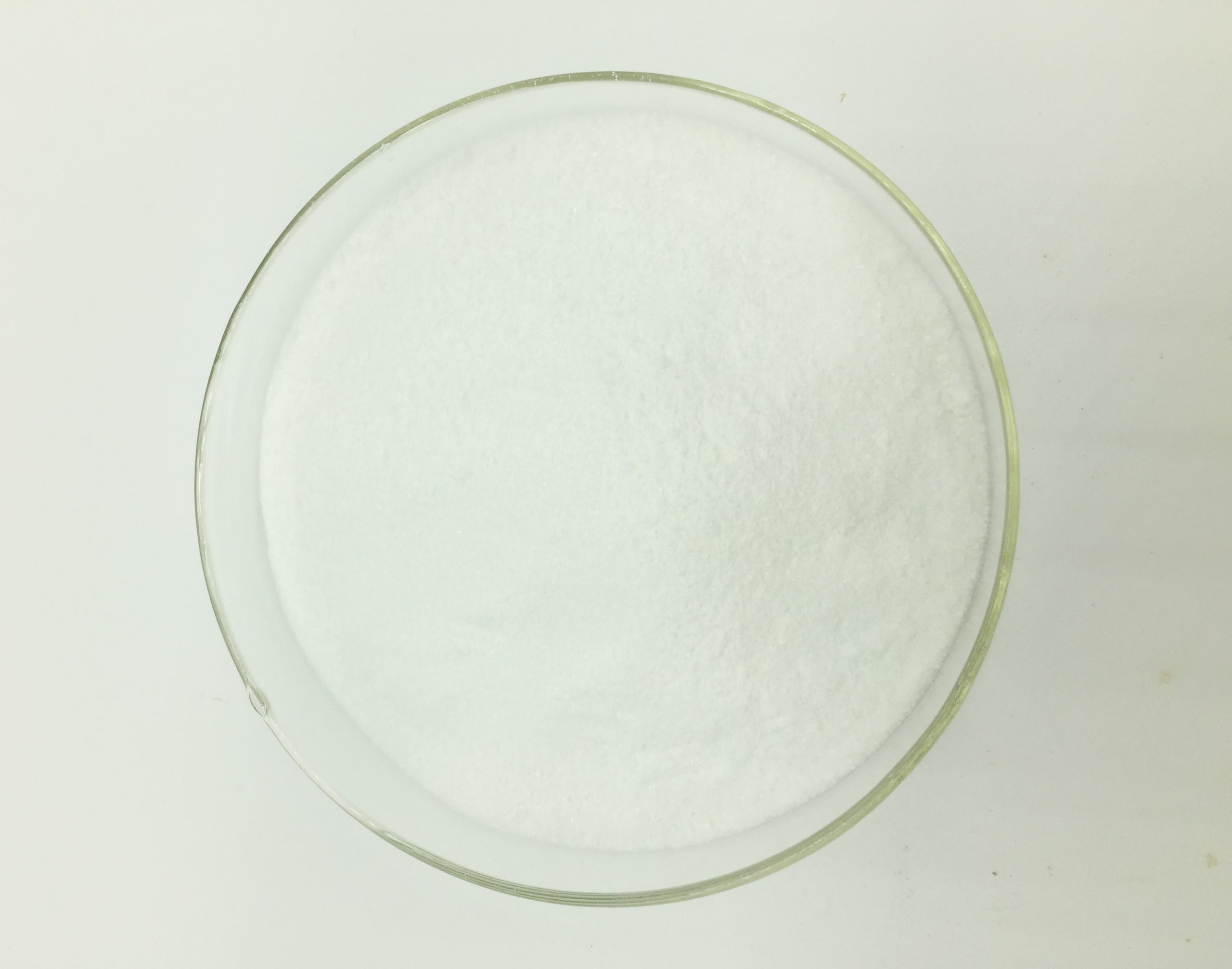Palmitoylethanolamide (PEA) is a fatty acid amide naturally found in the human body and certain foods. It was first discovered in the 1950s in egg yolks and peanut meal. Palmitoylethanolamide belongs to a class of compounds known as N-acylethanolamines and is part of the endocannabinoid system, which plays a crucial role in regulating various physiological functions.
Origin of Palmitoylethanolamide:
Palmitoylethanolamide can be found in various sources, including:
1.Biological Origin: Palmitoylethanolamide is a naturally occurring compound in the body, synthesized on demand in response to inflammation and other cellular stressors. It is part of the body’s endocannabinoid system, where it acts as an endocannabinoid.
2.Food Sources: Palmitoylethanolamide can be found in certain foods, particularly in egg yolks and peanuts, where it was first identified. However, the levels of Palmitoylethanolamide in these foods are relatively low.

Properties of Palmitoylethanolamide:
Palmitoylethanolamide has several properties and potential therapeutic effects, although research on its exact mechanisms and benefits is ongoing:
1.Anti-Inflammatory: Palmitoylethanolamide is known for its anti-inflammatory properties. It interacts with various receptors and enzymes involved in inflammation, helping to reduce the production of pro-inflammatory compounds.
2.Pain Management: Palmitoylethanolamide has been studied for its potential in managing chronic pain conditions. It is thought to modulate pain signals in the body and reduce pain perception.
3.Neuroprotection: Some research suggests that Palmitoylethanolamide may have neuroprotective properties, which means it could help protect nerve cells and support healthy nervous system function.
4.Immune Modulation: Palmitoylethanolamide may modulate the immune system by influencing the activity of immune cells and cytokines. This can be beneficial in conditions where immune dysregulation plays a role.
5.Homeostasis: Palmitoylethanolamide is believed to contribute to maintaining homeostasis in the body, helping to balance various physiological functions.

Introduction of Palmitoylethanolamide:
Palmitoylethanolamide has gained attention as a potential dietary supplement and therapeutic agent due to its anti-inflammatory and pain-relief properties. It is available in various forms, including capsules, creams, and powders, as a dietary supplement or over-the-counter product in some regions.
Palmitoylethanolamide is often used as a complementary approach to managing conditions such as chronic pain, neuropathic pain, and inflammatory disorders. However, it’s important to note that while there is promising research on Palmitoylethanolamide, more clinical studies are needed to fully understand its mechanisms of action and the extent of its therapeutic benefits.
Before using Palmitoylethanolamide or any dietary supplement, it is advisable to consult with a healthcare professional to determine its suitability for specific conditions and to ensure it does not interact with any medications you may be taking.
